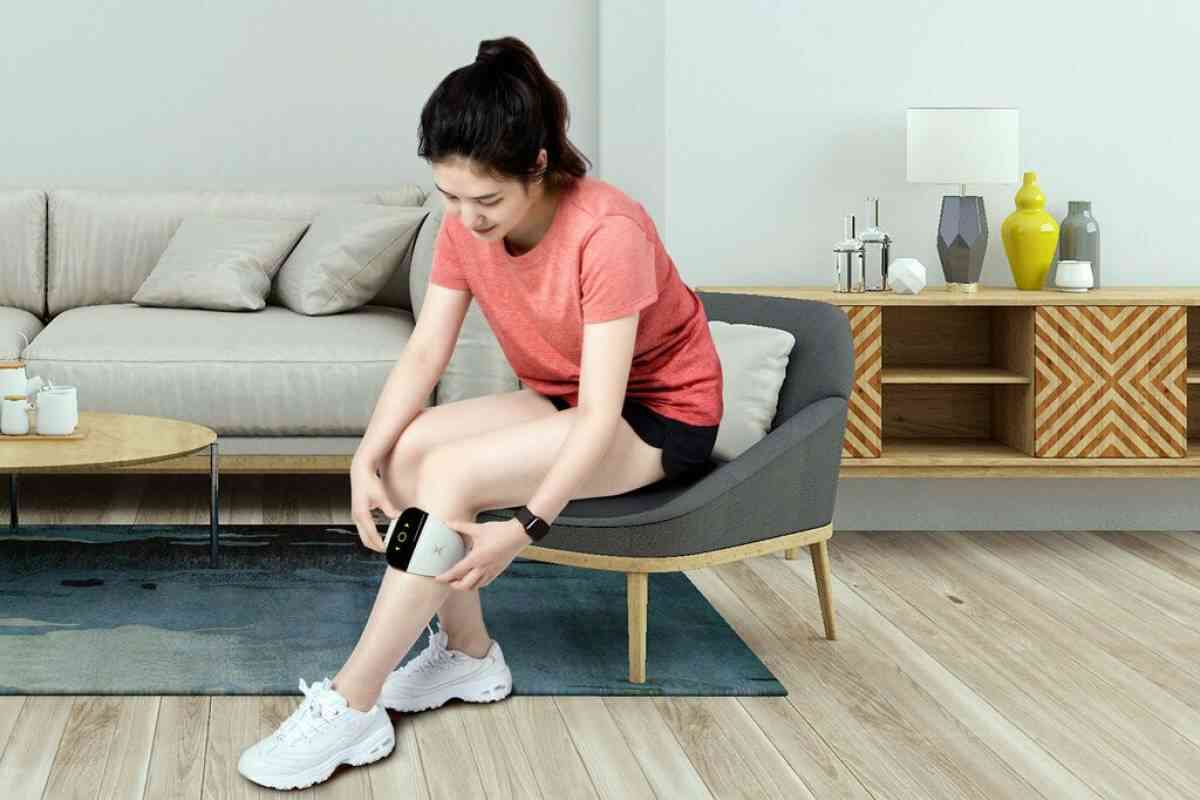Neuromuscular Stimulation: A Game-changer In Foot Drop Therapy

Foot drop, a condition that causes weakness or paralysis of the muscles responsible for lifting.
the front part of the foot, can significantly impact a person's mobility and quality of life. Traditional treatment options for foot drop include physical therapy, braces, and surgery. However, in recent years, Nerve Stimulation has emerged as a game-changer for Foot Drop therapy, offering a non-invasive and effective alternative to traditional treatments.
Here are some key points about neuromuscular stimulation:
What is Neuromuscular Stimulation?
Neuromuscular stimulation, also known as electrical stimulation or e-stim, involves the use of electrical impulses to stimulate the nerves and muscles. The impulses are delivered through electrodes placed on the skin over the affected area. Neuromuscular stimulation can be used for a variety of conditions, including foot drop, by stimulating the nerves and muscles responsible for foot movement.
How Does Neuromuscular Stimulation Work for Foot Drop?
Neuromuscular stimulation for foot drop delivers electrical impulses to the nerves and muscles responsible for foot movement. The impulses help to activate the muscles, causing the foot to lift and preventing the foot from dragging. Neuromuscular stimulation can be delivered through various devices, including ankle-foot orthoses (AFOs) and functional electrical stimulation (FES) devices.
Benefits of Neuromuscular Stimulation for Foot Drop
Neuromuscular stimulation offers several advantages over traditional treatments for foot drop which are:
- Non-invasive: Neuromuscular stimulation does not require surgery or invasive procedures, making it a less risky and more convenient treatment option.
- Improved mobility: Neuromuscular stimulation can help improve foot drop symptoms, allowing patients to walk more easily and confidently.
- Reduced need for braces: Neuromuscular stimulation can reduce the need for AFOs or other braces, which can be uncomfortable and restrictive.
- Cost-effective: Neuromuscular stimulation may be a more cost-effective treatment option than surgery or long-term physical therapy.
Who Can Benefit?
Neuromuscular stimulation may be a suitable treatment option for individuals with foot drop caused by various conditions, including nerve damage, stroke, multiple sclerosis, and cerebral palsy. It may also be appropriate for individuals who have not responded to traditional treatments or cannot undergo surgery.
Risks and Side Effects
While neuromuscular stimulation is generally considered safe, it does carry some risks and side effects. These may include skin irritation, muscle soreness, and discomfort. It is vital to work with a healthcare professional experienced in neuromuscular stimulation to minimize these risks and ensure the best possible outcomes.
What to Expect During Treatment?
During neuromuscular stimulation treatment for foot drop, electrodes will be placed on the skin over the affected area. The device will deliver electrical impulses to the nerves and muscles, causing them to contract and lift the foot. Treatment may last several minutes to several hours per session, depending on the individual's needs and goals.
How to Get Started?
If you are interested in neuromuscular stimulation for foot drop, the first step is to consult with a healthcare professional who is experienced in the use of this treatment. They can evaluate your condition, discuss your treatment options, and help you develop a personalized treatment plan.
With the right G4 Foot Drop Recovery System, neuromuscular stimulation can be an effective and life-changing therapy for individuals with foot drop.



